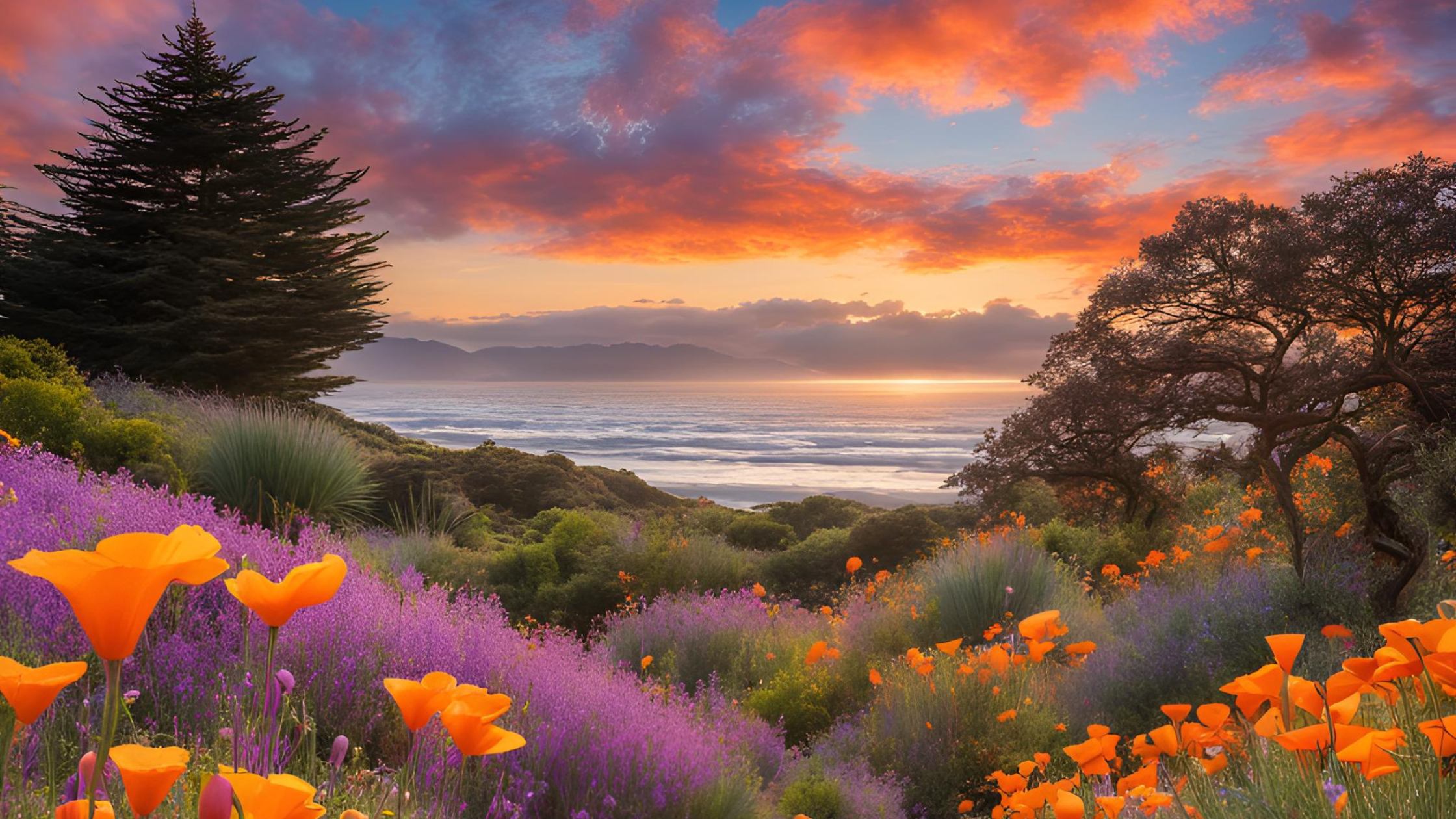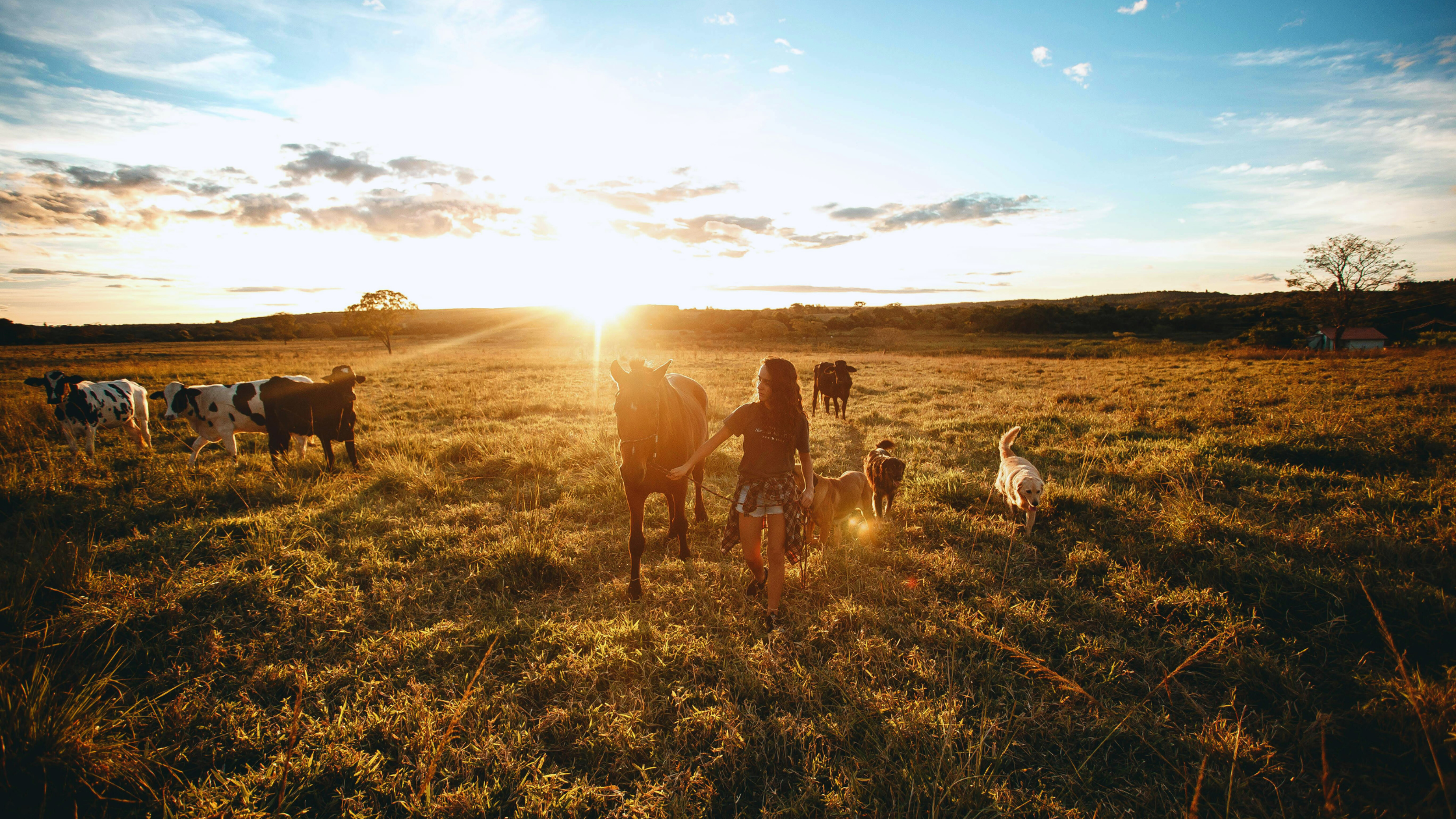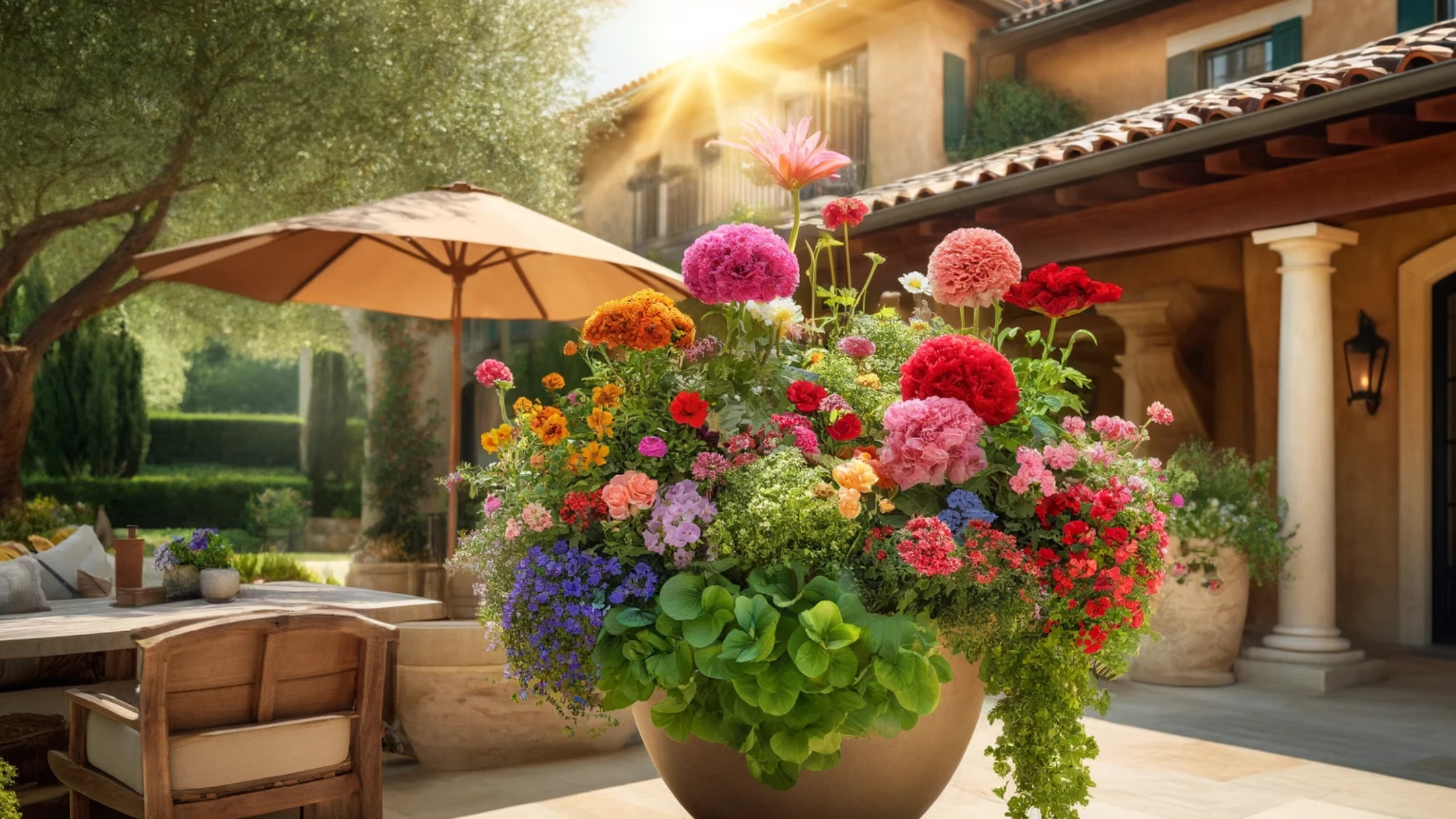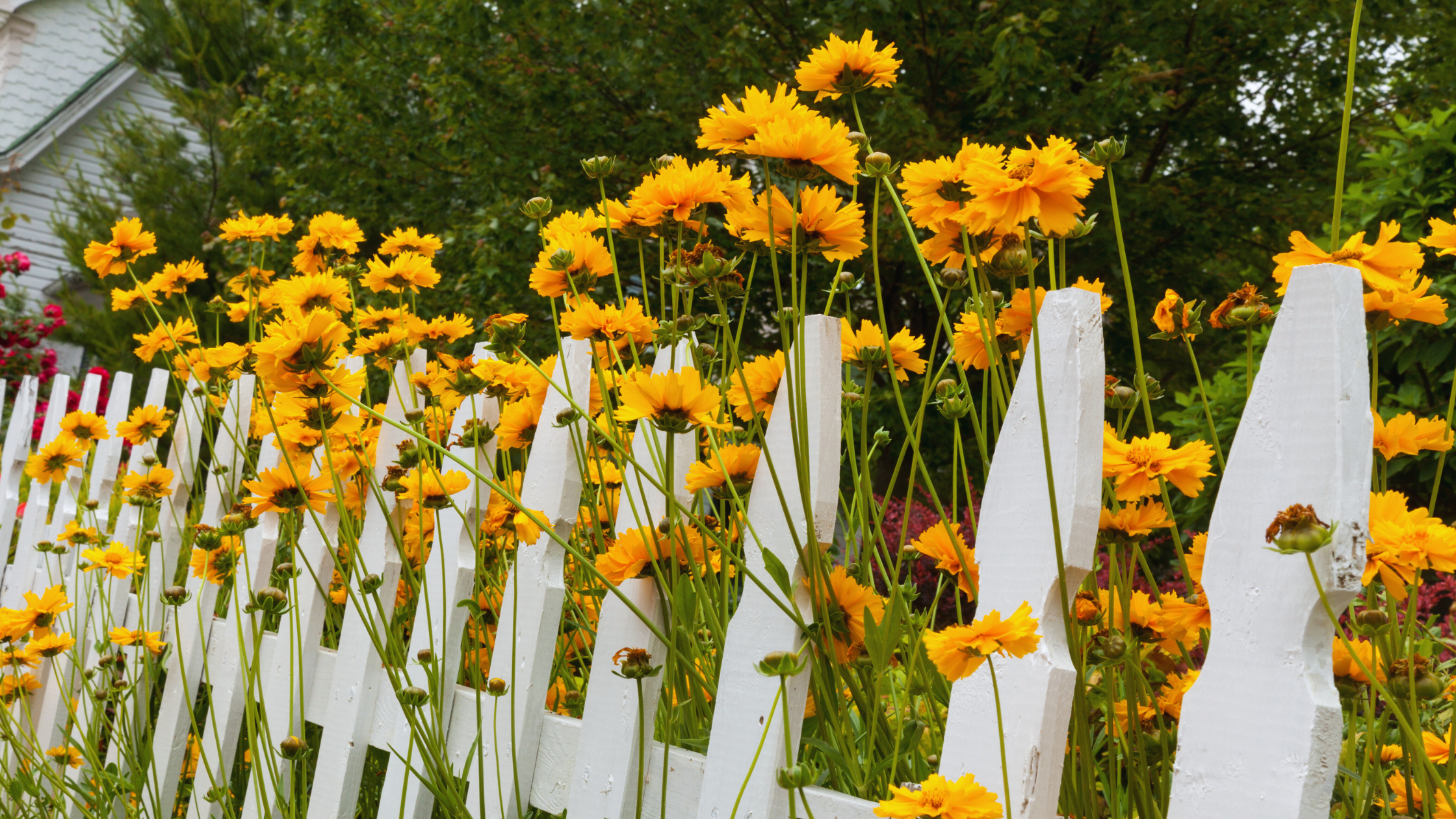In the ever-evolving world of gardening, trends come and go like seasons. However, one trend that continues to gain momentum and importance is the choice of embracing native plants. Gardeners across the United States are turning to native species to enhance their outdoor spaces. In this article, we’ll delve into why planting native is not just a trend, but a vital practice for gardeners.
Let’s explore the benefits:
Native plants, by definition, are those that naturally occur in a specific region and have evolved alongside local wildlife over thousands of years. These plants are perfectly adapted to the local climate, soil, and environmental conditions, so they typically require less water, fertilizer, and pesticides compared to non-native species. By incorporating them into your garden, you’re creating a habitat that supports local biodiversity. This, in turn, attracts native insects, birds, and other wildlife, fostering a healthy ecosystem right in your backyard. Additionally, because they have evolved alongside local wildlife, they are often more resistant to pests and diseases, further reducing the need for intervention. Overall, incorporating these plants into your garden can help create a sustainable and resilient landscape that thrives with minimal upkeep, generally considering it a form of low-maintenance gardening.
Native Plant Favorites By Region:
Northeast:
Popular options for the Northeast include:
–Eastern Redbud (Cercis canadensis)
–Black-eyed Susan (Rudbeckia hirta)
–New England Aster (Symphyotrichum novae-angliae)
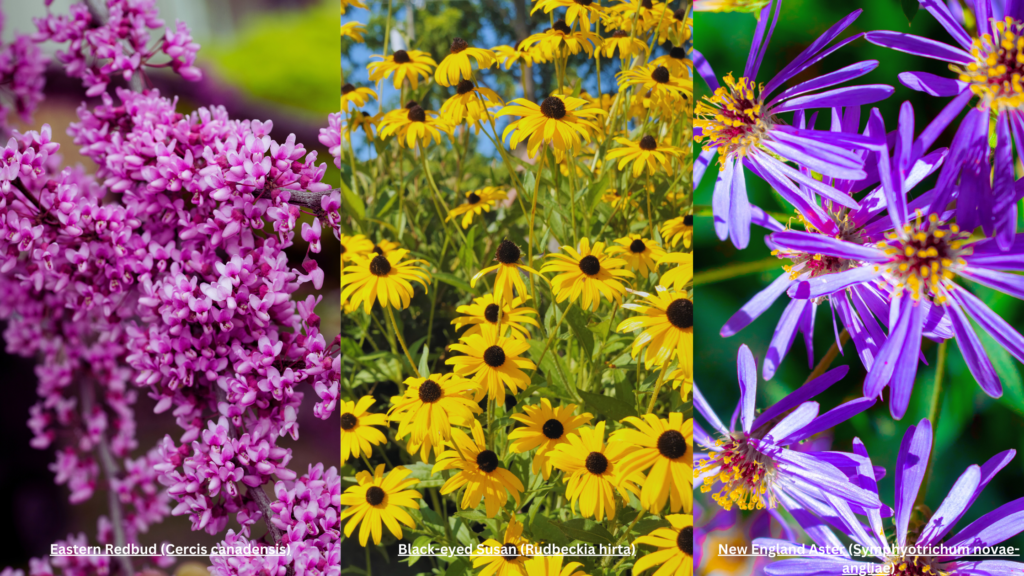
Midwest:
In the Midwest, consider planting:
–Purple Coneflower (Echinacea purpurea)
–Switchgrass (Panicum virgatum)
–Butterfly Weed (Asclepias tuberosa)
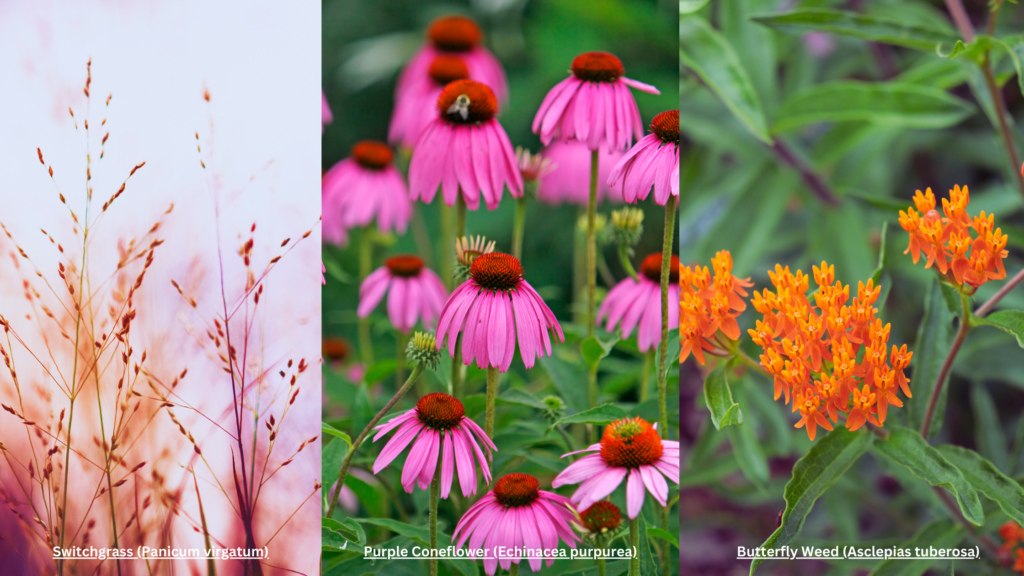
Southeast:
For the Southeast, options include:
–Southern Magnolia (Magnolia grandiflora)
–Carolina Jessamine (Gelsemium sempervirens)
–Cardinal Flower (Lobelia cardinalis)
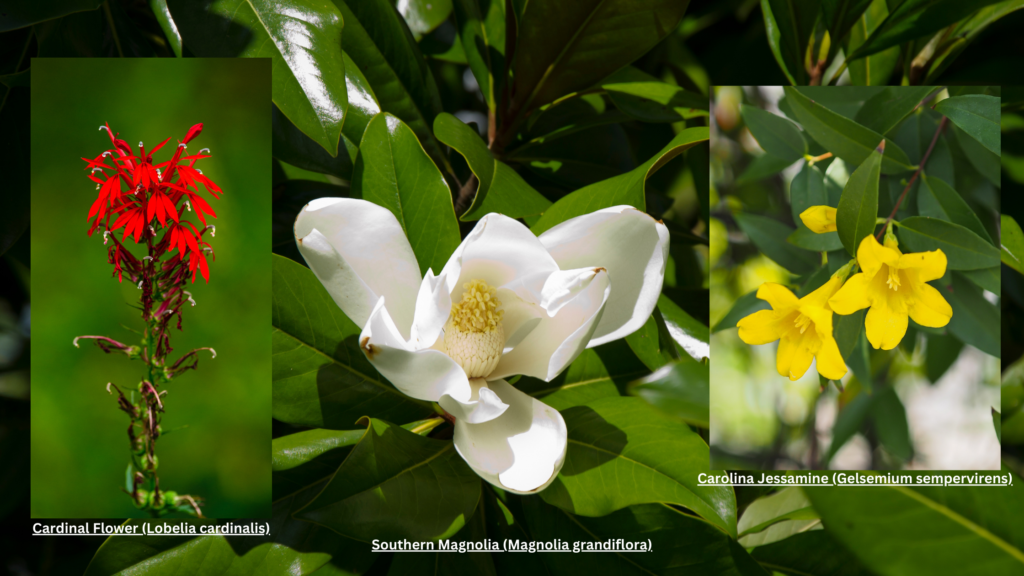
Southwest:
In the arid Southwest, look for plants like:
–Desert Marigold (Baileya multiradiata)
–Agave (Agave spp.)
–Texas Sage (Leucophyllum frutescens)

West Coast:
Finally, on the West Coast, consider planting:
–California Poppy (Eschscholzia californica)
–Pacific Coast Iris (Iris douglasiana)
–Western Redbud (Cercis occidentalis)
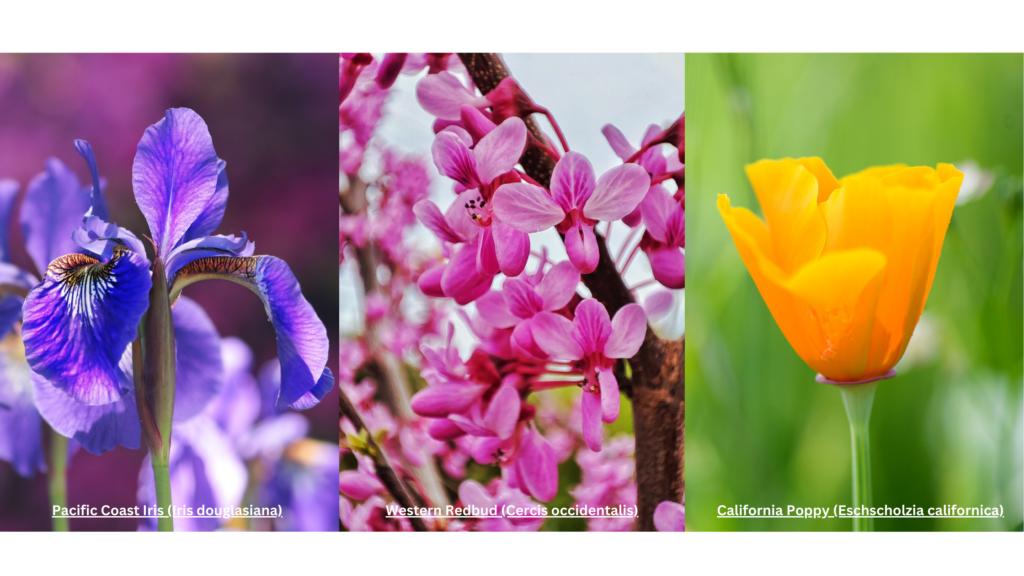
Annuals or Perennials?
While many native plants are perennials, not all varieties fall into this category. Options can include a wide variety of species, including perennials, annuals, biennials, shrubs, trees, and even some grasses. Perennials are plants that live for more than two years, typically coming back year after year from the same root system. Annuals complete their life cycle in one growing season, while biennials take two years to complete their life cycle, typically flowering and setting seeds in the second year. So, when making considerations for your garden, you’ll find options that fit various lifespans and growth habits, allowing for a diverse and dynamic landscape.
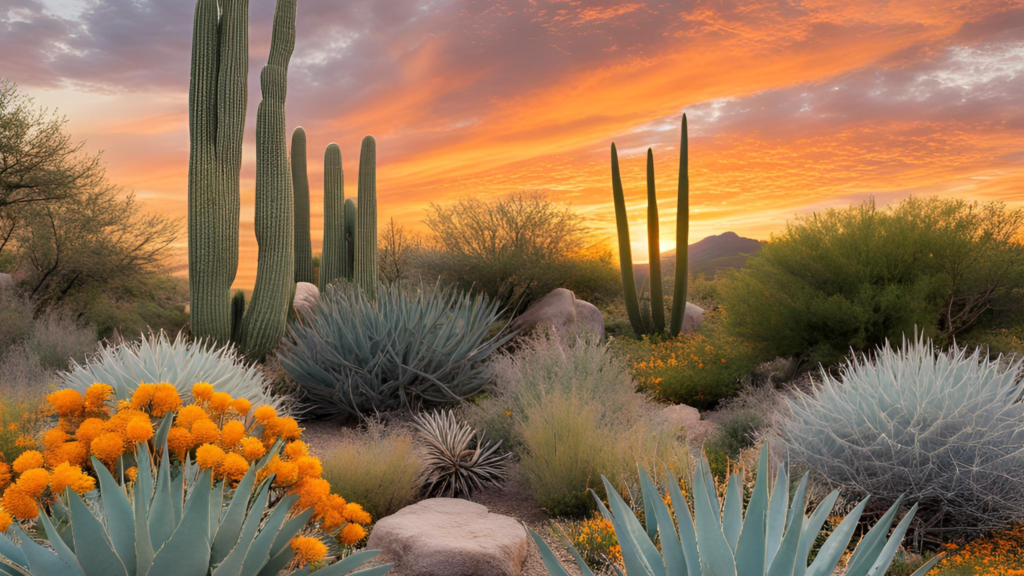
In the realm of gardening, native plants stand out as more than just a passing trend—they’re a wise choice for any landscape enthusiast. By welcoming native species into your garden, you’re not just creating an aesthetically pleasing outdoor space; you’re fostering a vibrant ecosystem that thrives with minimal intervention. From the colorful blooms of the Northeast to the hardy succulents of the Southwest, each offer a diverse palette to suit every region’s unique climate and soil conditions. So, as you plan your garden for the year ahead, consider the beauty and resilience of native plants as your allies in creating a sustainable, low-maintenance landscape that celebrates the natural heritage of your local environment. x
If you’re curious about the other top gardening trends, find out here: Gardening Trends of 2024
Disclaimer: As an Amazon Associate, we earn from qualifying purchases. This helps support the blog at no extra cost to you!
Sources:
- “Benefits of Native Plants” by National Wildlife Federation,
- “Native Plants for Northeast Gardens” by University of Vermont Extension,
- “Midwest Native Plants” by Lady Bird Johnson Wildflower Center,
- “Native Plants of the Southeast” by Georgia Native Plant Society,
- “Southwest Native Plants” by Arizona-Sonora Desert Museum,
- “California Native Plants” by Theodore Payne Foundation,
